Visteon looks to ride rising electronics demand curve in India
With the electronics content in Indian cars burgeoning and the two-wheeler sector in India also graduating to electronic clusters, Chennai-based Visteon India aims to capitalise on the growth potential.
Visteon Automotive System India, the local arm of Michigan-based Visteon Corporation, a full-size cockpit electronics player, is headed for an exciting phase of growth in India.
Growing electronics content per car, new passenger vehicle platforms, transition of two-wheeler clusters from mechanical to electronics and rising applications of electronics in commercial vehicles are just a few trends which are driving new growth opportunities for the company in India.
Visteon’s India operations started in early 2000 as part of the earlier avatar of Visteon Corp with the climate, powertrain and electronic verticals. However, the singular focus on electronics saw the company divest its stakes in the other businesses.
At the time, the Indian car market was seeing slow progress compared to the rest of the world and most cars had mechanical instrumental clusters. Fast forward 15 years and the Indian passenger car market has seen dramatic progress with customers demanding at par systems with other global markets. At Visteon, this change meant the addition of multiple products starting from mechanical, hybrid to complete electronic clusters with TFT (thin-film transistor) displays, car audio systems with Bluetooth connectivity, infotainment systems, navigation, rear seat entertainment et al.
Growing business from OEMs
Today, Visteon’s India plant makes all the key cockpit electronic components including a wide range of instrument clusters, audio and infotainment systems, climate control systems and other allied products, mainly to cater to the local market with minimal exports.
Speaking to Autocar Professional, Amit Jain, country head, Electronic Product Group, Visteon Technical and Services Centre, says: “Gradually expanding our product range, after electronic clusters, we have added climate control heads with mechanical climate control heads and moved into electronic climate control heads and now make fully automatic temperate control for multiple vehicles. Our customer base has increased notably from 2-3 customers then to nearly 10-11 OEMs today.”
Visteon’s key customers in India include Hyundai Motor India, Mahindra & Mahindra, Renault-Nissan, Ford India, Volkswagen India and Tata Motors. Its products go into cars like the Hyundai Grand i10, Renault Kwid, Duster, Lodgy, Datsun Redigo, Mahindra Scorpio, Bolero, TUV 300, XUV 500, Tata Tiago, Zest, Bolt, Nano and the Ford Figo and Aspire among others.
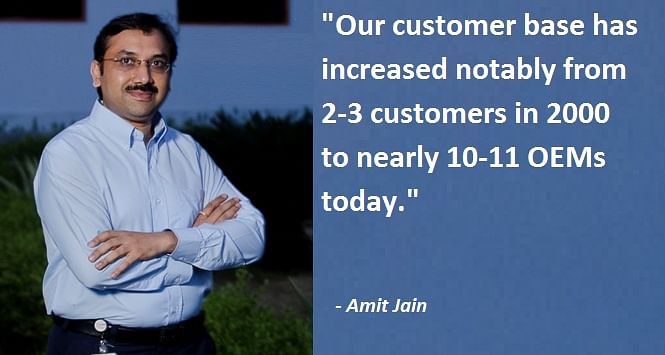
Visteon has benefited from having a strong engineering centre in India, which develops global product solutions. An early example of an innovative solution was the Bluetooth connectivity for Tata Nano back in 2008. Another notable development was the complete infotainment system for the Mahindra XUV 500.
By leveraging its global technological capabilities and market reach, Visteon is now aiming at a three-fold growth in the next five years. This ambitious target stems from the fact that, compared to its global peers, Indian passenger cars have a low level of electronics content. In developed markets, the electronics content in cars is estimated at US$ 1,500-2,000 while in India it is between US$ 500-1,000, which offers a lot of business growth potential.
“There are two aspects of our growth in India. The growing passenger car market and the increasing electronics content in every car offers us a growth trajectory and our aim is to grow more than the market and gain market share,” says Jain.
Visteon makes displays globally but in India the trend is yet to pick up albeit they are gradually being adopted in premium cars and are likely to percolate down to small cars in the near term. “Indian OEMs are not sourcing displays separately as yet. The day they do, we are the largest supplier of displays in the world and can produce them in India too,” remarks Jain.
Promise of two-wheelers and CVs
Visteon believes two-wheelers in India – a market size of 16.45 million units a year – are seeing mass adoption of mechanical clusters to electronic cluster and wants to tap this massive opportunity. Currently, it supplies only to Honda Motorcycle & Scooter India.
“Two-wheelers is a small business for us today but in the near term it will be our focus area and we are doing a lot of innovation in the segment. Our aim is to make India a centre of competency for two-wheeler products. Customers are trying to reduce costs and bridge the gap between mechanical and electronic clusters. Electronics being expensive, the OEM focus is to push that margin and we are trying to meet that expectation and integrating more products to reduce the cost and add more value,” elaborates Jain.
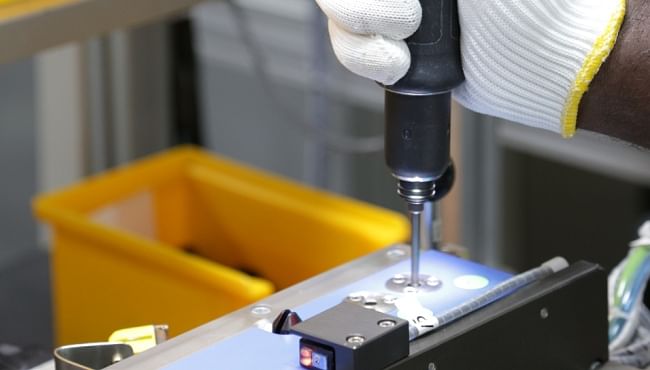
Commercial vehicles, both M&HCVVs and LCVs, which are seeing a growing demand for electronics is another potential growth area but the lack of volume and the variant mix poses a challenge at present. While the company does cater to any CV player in India, this is another vehicle segment it is keen to tap.
Besides its key volume-driven products, Visteon is working on new products like TCO (telematic control units), Heads-Up Display and Smart Core products which are likely to be introduced in the market soon.
For the India operation, a dedicated training centre helps staffers with theory and practical training for seven days each, familiarising them with the electronic components and handling them before they get inside the plant.
Visteon's largest plant in South-East Asia
A walk through Visteon’s Chennai plant offered us a first-hand experience as to how sensitive electronic parts are being manufactured. The Chennai plant is Visteon’s largest South East Asian plant with a high emphasis on safety. It has the distinction of the highest safety records across 22 global plants without a single accident in the past 14 years. At present, around 400 people, a mix of permanent and temporary workers, work in the plant.
“We have a clean room environment with closed loop controls for temperature and humidity. We maintain a positive environment through checking the incoming air with 0.3 micron HEPA (high-efficiency particulate air) filters. This ensures the environment inside the plant is dust-free,” elaborates A Barkathulla Khan, plant manager, Electronics Product Group, Visteon Automotive Systems India.
“Since the plant was established, we have benchmarked this facility against multiple Visteon facilities. Today, most of our customers regard this as the best electronic manufacturing facility in India,” says Jain.
The material, sourced from various suppliers, is transferred to a clean room before it enters the plant. There are two parts to the store – a normal store for stock components from domestic or foreign suppliers. The material from suppliers gets repackaged in non-ESD compliance; there are two door concepts and any point in time only one door can open. This helps maintain the positive pressure within the plant and keep the two environments separate.
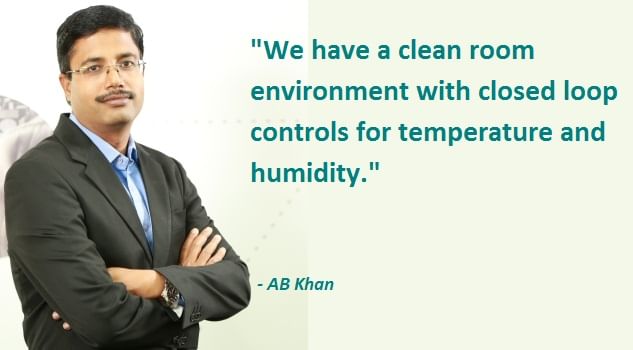
Spurious parts are kept at bay thanks to every single component product bearing a barcode. The store handles nearly 5,000 types of parts numbers that need networking control to locate the right part. An instrument cluster typically has over 200 components and calls for a complex operation.
As all suppliers are connected through EDI (Electronic Data Interface), the schedule is given to them through the EDI system where they download the forecast and then supply. The lead supply time for all vital parts, which are sourced from abroad, is 12 weeks.
“One of the major processes in the plant is surface mount technology (SMT) which is required for the PCB. The first line was set up in 2009 with benchmarking with all the global Visteon facilities. This facility matches all the Visteon facilities in terms of infrastructure, technology, control and processes,” affirms Khan.
To ensure trained manpower for this plant, Visteon sent its Indian engineers to its global facilities in Spain and Portugal for several weeks for new technology like SMT. Initially, the products were simpler but as the technology progressed, clusters came equipped with TFT and multiple features and the PCBs become complicated. The components used are not even visible and are inspected through x-ray equipment. Therefore, Visteon has upgraded its technology over the years to meet the quality norms of OEMs in India and overseas.
“Ours is a continuous- piece flow process and right from the first application process till the final product, we have a computer integrated network system which monitors the traceability of PCBs when it manufactures throughout the system,” says Khan.
In the SMT lines, a PCB goes through continuous flow lines. A single SMT line can make multiple products but of a similar design. There are two different stations – one for audio and infotainment and climate control head, and the other for clusters due to the complexities and different technologies involved. In all, there are five SMT and 12 assembly lines for different products. As per the volumes, these lines are dedicated to different products. Typically, based on the complexity involved, a product takes 25-30 minutes from an assembly.
The Chennai plant began production with only 2/3 SMT lines with very small volume of clusters. In 2012, work space was tripled to 75,000 square feet and currently, 50,000 square feet is being used. Given the current market demand, the next expansion may come by 2018. The plant produces 2-2.2 million units of the total capacity of 2.6 million units and is working on two shifts.
Audio Line
The audio line at Visteon is where in-vehicle audio systems for a range of cars including the Ford EcoSport SUV are produced. Unlike the instrument cluster line, the audio assembly line is semi-automatic with loading and unloading done manually. However, operations like automatic screwdriver, camera base checking and fool-proof checking mechanism are done using machines. In the audio system, USB and Bluetooth need to be checked whether the radio works.
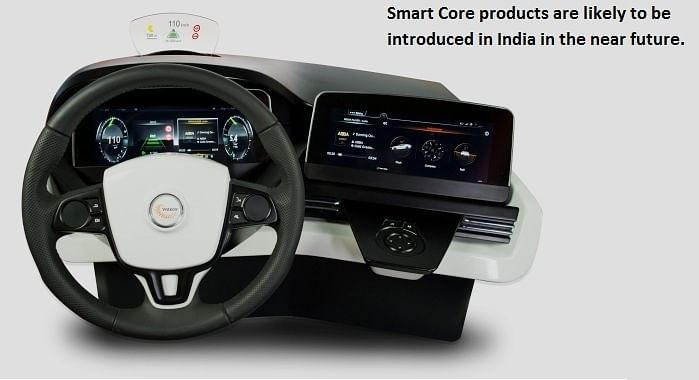
With passenger vehicle cockpit electronics seeing rapid technology progress globally, Visteon in India, with its strong manufacturing footprint and global engineering centre, is well poised to make further inroads with more and more new vehicle platforms and also grow its market share. Despite minor hiccups and little headwind in the Indian market, the company is committed and willing to make the necessary investments as it looks to seize opportunities in one of the fastest growing automobile markets in the world.
Click Next for Interview with Visteon's director, Asia Operations, Electronics
Interview with Swarna Kamal Banerjee, director, Asia Operations, Electronics PDT Group, Visteon Group
How important is the India operation to Visteon Asia’s operations?
The revenue levels are relatively small compared to some of the other markets. However, our approach has been to look at the future potential of the market. From day one, we are putting our best practices, which are equal to Visteon's global standards, in India. In terms of safety, this plant (in Chennai) leads globally and has the best quality in the world.
What are the key challenges in India?
The challenges are mainly the scale. Nonetheless, we have invested in the same level of technology in India. There is a difference in this market compared to other Asian markets and also a mix of different customers. We have global customers who have the same expectations from Visteon, which drives us not to do things differently here.
In India, the imported content is high and the exchange rates impact us a lot.
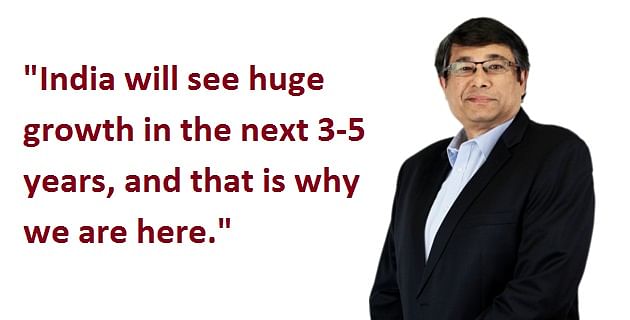
Do you plan to leverage your India capabilities for neighbouring markets?
We are looking to double our revenue in India. We do indirect exports and are not planning direct exports as of now. The operation is complex between many customers and models. It’s challenging to handle; therefore, our focus is mainly the domestic market at this stage but it can change depending on the market situation.
In terms of future growth, how does India compare with other Asian markets?
In terms of growth, India is a promising market. Now China is slowing down. India has the potential to achieve the same level of growth although the pace is slow but it will be the fastest growing market. Given the fundamentals of the economy, there is huge growth in the next 3-5 years and that is why we are here.
How is the India engineering centre assisting Asia-Pacific operations?
The Indian engineering centre is definitely going to help our regional operations. Importantly, certain products that we are developing here have not been launched elsewhere. This is possible mainly because of the engineering sources that are in India, so this is definitely helping. Going forward, we are trying to see how India can take the lead in the Asia-Pacific region, which sees prominence in two-wheelers, and become a centre of competency for two-wheelers.
RELATED ARTICLES
How Venkat Thimaraju Bridged Mines and Machines for Daimler
From a young engineer's vision : Daimler India unleashes next-Gen trucks for India's booming construction and mining sec...
Tata Motors: From Ice Legacy To Electric Intelligence
Tata Motors has a lot riding on the newly launched Harrier EV, coming as it does on a fresh, EV-oriented software platfo...
Complete List of Cars and SUVs Tested by Bharat NCAP
Bharat NCAP has crash-tested 20 models to date, including both ICE-powered vehicles and EVs.





 By Kiran Bajad
By Kiran Bajad
 06 Aug 2016
06 Aug 2016
 16100 Views
16100 Views





 Shahkar Abidi
Shahkar Abidi




